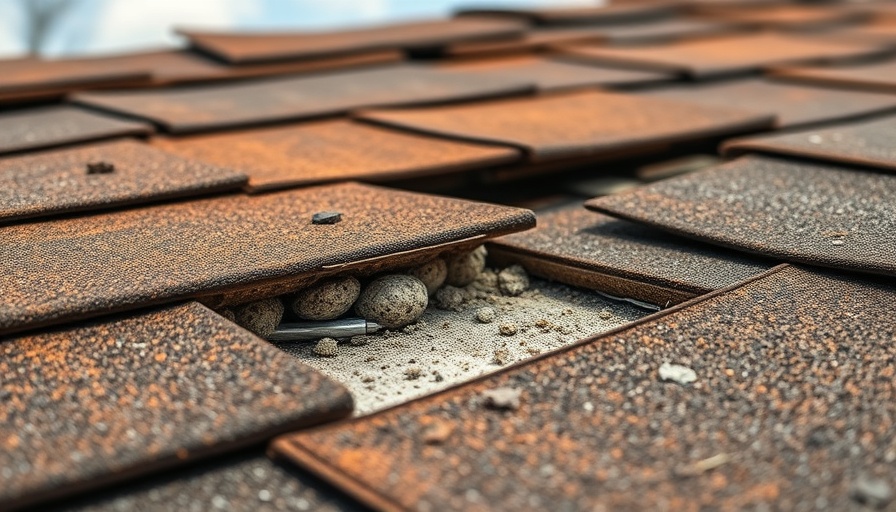
The Importance of Home Inspections in the Buying Process
As many homebuyers know, a home inspection is a critical step before making one of the biggest purchases of their lives. This thorough examination provides a report on the property’s current conditions, allowing potential buyers to make informed decisions and avoid unexpected expenses later on. The worth of investing in a professional home inspection cannot be watered down, as it serves as a safety net against costly repairs that might arise post-purchase.
Show Up: Be Present for Your Inspection
One crucial tip for buyers is to be actively present during the home inspection. Being there provides an opportunity to ask questions and share any concerns about specific issues that you have noticed about the home. While your inspector has the expertise, your observations can guide their examination, ensuring that no potential red flags slip through the cracks. This collaborative approach can provide invaluable insights into your home’s current state and functioning.
Choosing the Right Inspector: Trust Matters
Trusting your home inspector is paramount. While your realtor may suggest inspectors, doing your own research will lead to peace of mind. Finding unbiased, third-party experts can provide objective insights into your potential home’s condition. Websites like homeinspector.org and nachi.org are valuable resources in locating certified home inspectors. Sometimes, spending a little more on a qualified inspector can save you from significant future expenses.
Don’t Hesitate to Ask Questions
The inspection is the perfect time to clear up any uncertainties. If your inspector mentions something you don’t fully understand, ask for clarification. Your inquiries will help you grasp the overall condition of the home, from structural integrity to potential repairs needed. Knowledge truly is power in these scenarios.
Visual Evidence: The Importance of Getting Pictures
Request your inspector to take photographs during the inspection, especially of hard-to-reach places such as the attic, crawl spaces, or roofs. This visual documentation serves as vital proof of any concerns and ensures you grasp the severity of potential issues. In today’s digital landscape, many inspectors use infrared cameras that can reveal hidden problems behind walls or floors that would otherwise remain undetected.
Focusing on Key Areas: What to Look Out For
While inspectors cover a wide scope during assessments, as a buyer, it’s essential to have knowledge of which areas frequently reveal costs down the line. Pay special attention to major systems of the house—like electrical, plumbing, and roofing systems—as issues here can lead to more significant expenditures. Additionally, learning about the inspection process further empowers you to be proactive in maintaining your new home.
Post-Inspection: Next Steps
Once the inspection concludes, you will receive a detailed report outlining your future home’s condition. This document helps you leverage your negotiating power if there are significant problems identified. Remember, it’s your right to discuss these issues with the seller, potentially requesting repairs before closing or negotiating the price accordingly. A detailed action plan based on the report can serve as both an overview of immediate needs and long-term maintenance goals.
Creating Your Dream Home: A DIY Approach
After navigating the inspection process successfully, many buyers are excited to dive into DIY home projects that make their new space feel tailored to their needs. Engaging in DIY home decor, improvement, and organization projects not only amplifies the home's aesthetics but also brings personal joy and fulfillment. Whether it’s a full-scale DIY home renovation on a budget or simple DIY home decor ideas, these activities unleash creativity while ensuring that the new house truly feels like home.
Conclusion: Empower Your Home Buying Journey
Through understanding and actively participating in your home inspection, you set the stage for ownership that is worry-free and rewarding. By remaining engaged, asking the right questions, and focusing on critical areas, you can ease potential concerns about your new home. So whether it’s executing DIY home projects post-inspection or fostering a culture of care for your new space, initiating your new life adventures in a well-informed way ensures you can enjoy each moment to the fullest.
 Add Row
Add Row  Add
Add 




Write A Comment